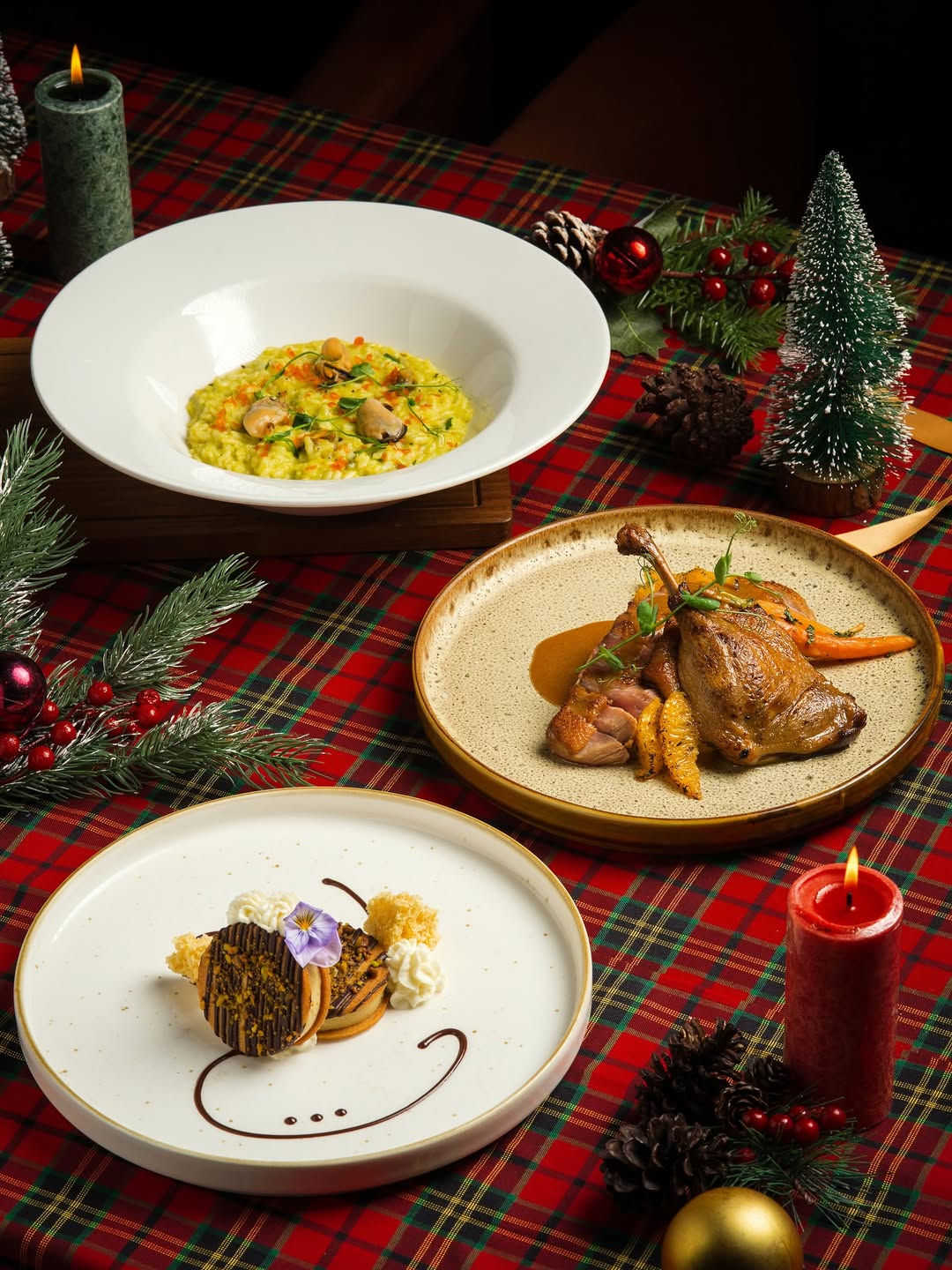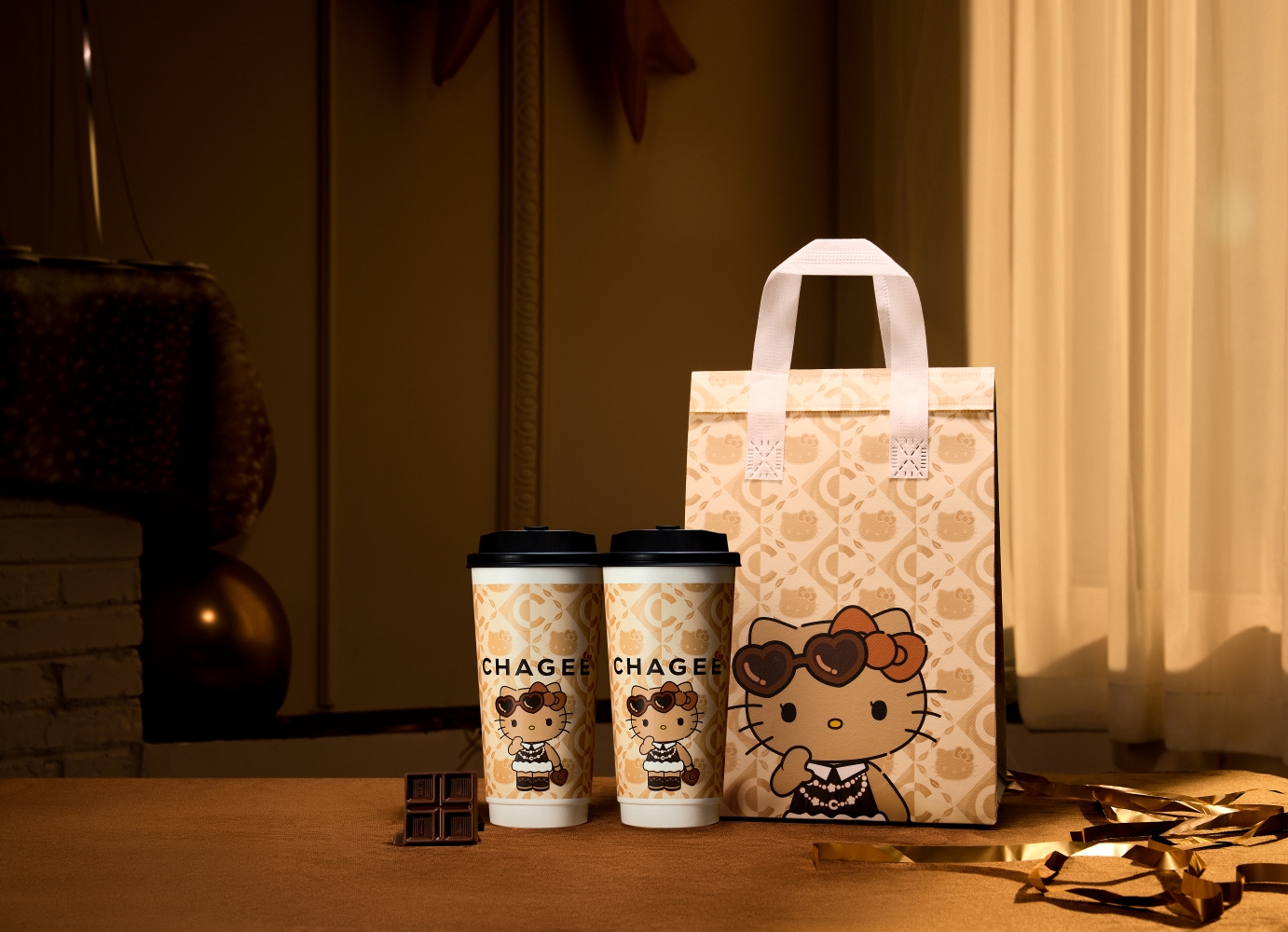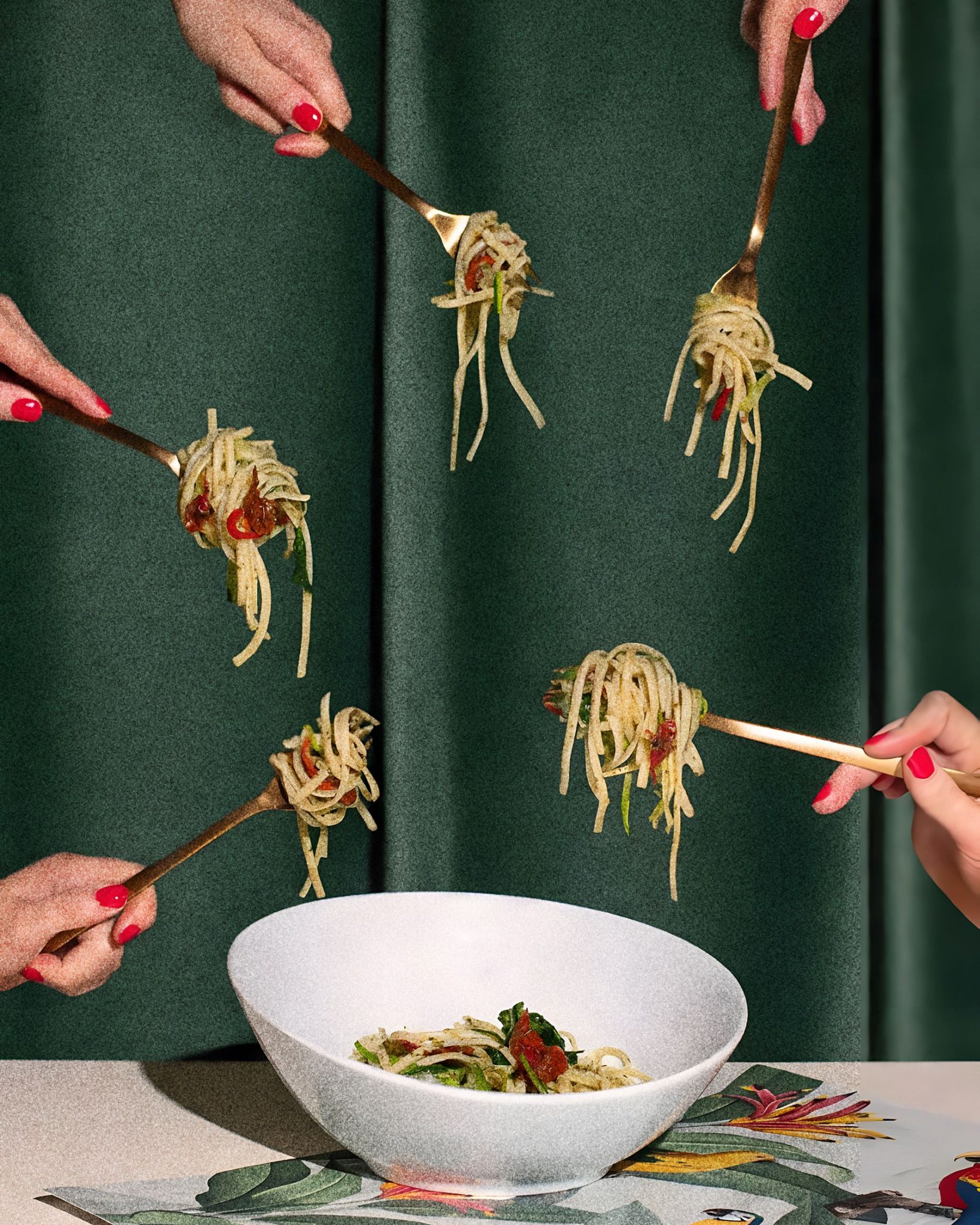Christmas is a season overflowing with miscellaneous things, one of which is the Christmas treats. A table of Beef Wellington or Christmas ham looks appetizing, but it wouldn’t be a complete meal without the treats. No matter how many Christmas foods are on the table, treats such as candy canes and eggnog are a part of the holiday’s tradition. While fresh and new treat creations might emerge yearly, you can’t beat a classic like Gingerbread Men.
Gingerbread men offer a sensory delight that awakens the palate. The sweet combination of molasses, ginger, cinnamon, and cloves creates a flavorful dance in the taste buds, striking a perfect balance between sweetness and spice. The texture is a harmonious blend of crisp edges, yielding a tender and chewy center. Each mouthful delivers a comforting warmth reminiscent of holiday traditions and the joyous spirit of festive seasons past and present.
Gingerbreads are one of the classics you often find during Christmas. While their forms may vary, it’s safe to say that gingerbread men cookies are the most commonly known form. With their distinctive shape and strong spice aroma, gingerbread men cookies have become synonymous with festive cheer and holiday indulgence. These iconic cookies, adorned with icing smiles and buttons, have a rich history far beyond their delicious taste.
The Gingerbread Men Cookies Origins
If you’re interested in the roots of gingerbread, try to trace it back to ancient times, when people would prize ginger for its unique flavor and purported medicinal properties. Initially, gingerbread was a luxurious delicacy enjoyed by the wealthy elite in ancient Greece and Rome. As trade routes expanded, ginger found its way to medieval Europe, where it became a staple in various culinary creations, including gingerbread.
It wasn’t long before the gingerbread man emerged as a favorite, capturing the imagination of both children and adults. The transition from gingerbread bread to the iconic gingerbread man chalked up to the notion of Renaissance fairs and festivals. By the 17th century, gingerbread men had become a popular treat at fairs across England, and their popularity spread to the American colonies.
Gingerbread Men’s Across Cultures
Gingerbread men have transcended their humble culinary origins to become cultural icons associated with holidays and celebrations. In Germany, gingerbread cookies, known as “Lebkuchen,” are an integral part of Christmas traditions, often shaped into hearts and stars. In Sweden and Norway, gingerbread figures are intricately decorated and used to adorn Christmas trees. The global appeal of gingerbread men is a testament to the holiday cookies’ ability to adapt and evolve within diverse cultural contexts.
In contemporary times, gingerbread men have maintained their popularity and become a canvas for culinary creativity. Bakers and home cooks compete to create the most intricately decorated and uniquely flavored gingerbread cookies. From classic renditions to avant-garde interpretations, the versatility of gingerbread men allows for endless possibilities in the kitchen. Some people even fashion gingerbread men’s ingredients into a new form I would’ve never thought of before. For example, Carolina Gelen creatively created a liquid gingerbread—a hot drink perfect for the season.
Indonesia’s Gingerbread Men
In Indonesia, ginger is one of the most prominent spices for many Indonesian dishes. Indonesians use the spice for savories, sweets, and even medicine. You can find the spice in ginger chicken and kembang tahu for savories as well as sekoteng for one of the sweets. However, Indonesia has its own gingerbread from Sukabumi, West Java. While it’s not shaped like a man, Sukabumi gingerbread has been the sweet, soft, and legendary cookies since the colonization era.
The Indonesian gingerbread is a mix of grated ginger and sugar, making it a sweet snack. Its texture is crunchy on the outside, but soft on the inside. The snack is also a perfect companion to your tea in the morning or evening.









